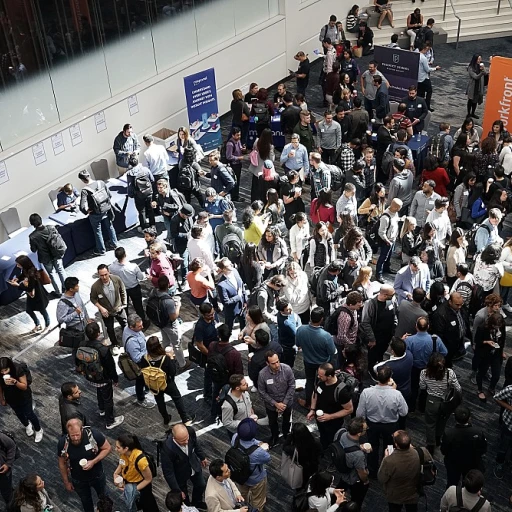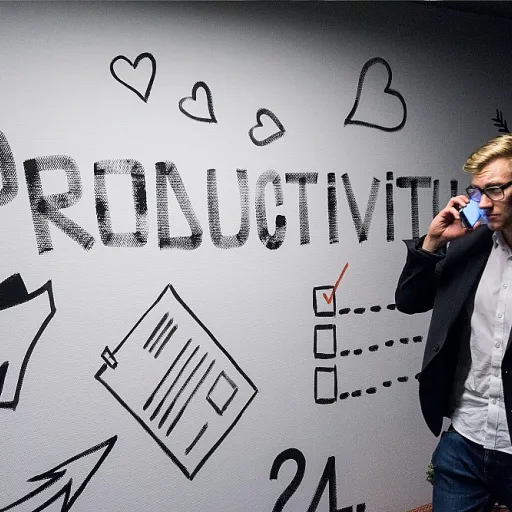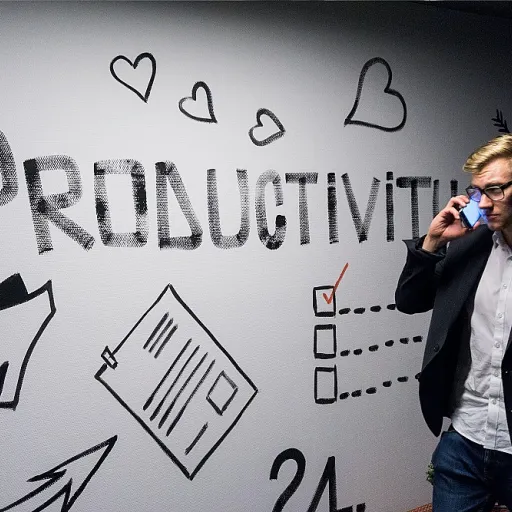
Understanding the Importance of Employee Retention
Why Retention is a Key Business Metric
Employee retention is a critical aspect of business success. When companies succeed in retaining their valuable employees, they set the stage for stability, sustainability, and continuous growth. Losing talented team members not only hampers productivity but also incurs additional costs related to recruitment, onboarding, and training new employees. Moreover, a strong retention strategy promotes a positive workplace culture where team members feel valued and motivated. This is especially important as employees today seek environments that cater to their professional growth and personal well-being. Investing in team building retreats, such as a corporate retreat that includes activities like a cooking class or an engaging treasure hunt, fosters camaraderie and strengthens group dynamics. These events encourage team members to work collaboratively, which enhances problem-solving skills and promotes a sense of belonging among teams. Understanding the deeper impact of organizational culture on retention helps businesses tailor their strategies to their unique workforce needs. For more insights into how workplace culture affects retention, consider reviewing the impact of culture score on employee retention. Ultimately, by focusing on retaining their best team members, organizations can harness their collective skills and experiences, drive innovation, and ensure long-term success.The Role of Team Building Retreats in Employee Retention
The Influence of Engaging Retreats on Employee Loyalty
Team building retreats can serve as a powerful tool for enhancing employee retention by promoting a culture of collaboration and trust among team members. When employees participate in engaging activities, such as team-building exercises and problem-solving tasks, they develop a deeper connection to their colleagues and a stronger commitment to their organization. A well-structured retreat ensures that team members engage in purposeful building activities that are designed to strengthen inter-team relationships. This realization can lead not only to increased job satisfaction but also to reduced turnover rates, as employees feel valued and integral to the success of their teams. Retreat activities are varied and can be tailored to meet the unique needs of each team. For instance, activities like cooking classes, treasure hunts, and art group sessions are great for enhancing creativity and collaboration, while rock climbing or an "amazing race" style challenge can boost team morale and foster a sense of accomplishment. Moreover, team building retreats provide an opportunity for employees to step away from day-to-day work stressors and engage in a relaxed, yet structured environment. This change in setting, combined with fun and interactive activities, can rejuvenate employees and reignite their passion and dedication to their work. Providing breakout rooms and game room opportunities during retreats can facilitate conversations and further strengthen bonds among team members. It’s crucial for companies to understand that team building retreats come with additional considerations, such as the potential facilitator fee and guest accommodations. Balancing the various elements of the retreat, from ideas to execution, requires careful planning and resource allocation. A successful retreat is more than just an event; it is an investment in the team's future success and the company’s culture. By focusing on events that fit the team’s personality and motivators, organizations solidify their commitment to workforce enablement and employee satisfaction. For businesses looking to enhance their employee retention strategies through team building retreats, implementing a seamless approach to organizing these events will significantly amplify their impact. "Enhancing Employee Experience Through Seamless Login Systems" can provide insight into creating a smooth logistical framework for planning retreats, ensuring everything runs efficiently and making the entire experience enjoyable for all involved.Designing Effective Team Building Retreats
Crafting Memorable Experiences for Effective Engagement
Designing a successful team building retreat requires thoughtful planning and consideration. The goal is to create an experience that not only boosts morale but also enhances collaboration among team members. By carefully selecting activities and choosing the right venue, companies can cultivate an environment that fosters valuable connections and improved productivity. To ensure the retreat is engaging, consider the following strategies:- Include Diverse Activities: A mix of activities appeals to different interests, making the event more inclusive. Consider including a cooking class, art session, or treasure hunt. Adventure activities like rock climbing or an amazing race challenge can also energize the group.
- Interactive Spaces: Facilitate deeper interactions by incorporating breakout rooms or a game room. These spaces allow team members to break away for smaller group discussions or relaxed gaming sessions, enhancing teamwork in a more casual setting.
- Problem Solving Exercises: Incorporating exercises that require collaboration, such as problem-solving tasks or board games, can help teams develop their communication and cooperation skills.
- Engage a Professional Facilitator: Hiring a facilitator can ensure the building activities run smoothly and remain on track. While there might be an additional fee, professional guidance can significantly enhance the overall experience.
- Consider Length and Schedule: Plan for an immersive experience that fits within a realistic timeframe. Consider a one-day event or an extended corporate retreat depending on the team’s needs. Limit sessions to an hour or two, allowing for breaks and informal interactions.
- Guest Speakers: Inviting guests with expertise in team dynamics can provide fresh insights and motivation. Hearing success stories and tips from seasoned professionals can inspire team will and commitment.
Measuring the Impact of Team Building Retreats
Evaluating the Success of Team Building Retreats
Measuring the impact of team building retreats is crucial to understanding their effectiveness in enhancing employee retention. These retreats are more than just a day away from the office; they are strategic events designed to foster team cohesion and improve workplace dynamics. But how do you know if your corporate retreat has hit the mark?
Key Performance Indicators
To gauge the success of your team building activities, consider setting clear objectives and key performance indicators (KPIs) before the event. These could include:
- Employee Engagement: Measure changes in employee engagement levels through surveys conducted before and after the retreat.
- Team Cohesion: Observe improvements in team dynamics and collaboration during work hours.
- Problem Solving Skills: Assess how effectively teams tackle challenges post-retreat.
- Feedback from Participants: Collect feedback from team members about their experiences and suggestions for future retreats.
Tools and Techniques
Utilizing the right tools can enhance the evaluation process. Consider using:
- Surveys and Questionnaires: These can provide quantitative data on employee satisfaction and engagement.
- Focus Groups: Conducting focus group discussions with different teams can offer qualitative insights into the retreat's impact.
- Performance Metrics: Track performance metrics such as productivity and attendance rates to see if there's a positive shift post-retreat.
Long-term Impact
While immediate feedback is valuable, the true measure of a successful team building retreat lies in its long-term impact. Monitor changes in employee retention rates over several months. A well-executed retreat should contribute to a positive work environment, reducing turnover and enhancing team morale.
Continuous Improvement
Finally, use the data collected to refine future retreats. Consider what worked well and what could be improved. This iterative process will help in organizing more effective team building retreats that align with your organizational goals and enhance employee retention.
Overcoming Challenges in Organizing Team Building Retreats
Understanding and Mitigating Common Challenges
Organizing team building retreats can present its share of challenges, which can impact their effectiveness if not handled properly. Here’s a closer look at some of the common hurdles you might encounter, along with strategies to overcome them:- Logistical Complexities: Planning a team building event involves multiple elements like transportation, accommodation, and catering. Creating a detailed calendar and checklist can help in managing tasks efficiently. Utilizing breakout rooms for varied activities can also simplify logistics.
- Budget Constraints: Ensuring value without overspending is crucial. Opt for activities that balance cost and engagement. Facilitator fees and venue charges must be considered, with the option of additional fees for specialized sessions like cooking classes or rock climbing, which can provide unique experiences without breaking the bank.
- Engagement Levels: Not all employees may find traditional activities team-oriented. Mix it up with diverse team building ideas, offering options like board games, an amazing race, or a treasure hunt to cater to different interests and enhance participation.
- Ensuring Inclusivity: One common pitfall is neglecting team diversity. When designing retreats, including varied activities that consider cultural and accessibility aspects ensures every team member can participate fully, making the retreat truly inclusive.
- Defining Objective Outcomes: Without clear goals, it’s easy for a corporate retreat to lose direction. Clearly set objectives, whether they’re improving problem solving skills or strengthening team dynamics, ensure activities are purposeful. It allows for measuring outcomes, keeping everyone aligned with the retreat’s purpose.
- Unexpected Factors: Despite meticulous planning, unexpected issues may arise, such as bad weather affecting outdoor activities. Having a backup plan, like moving activities indoors to a game room, ensures the retreat remains on track and effective.












